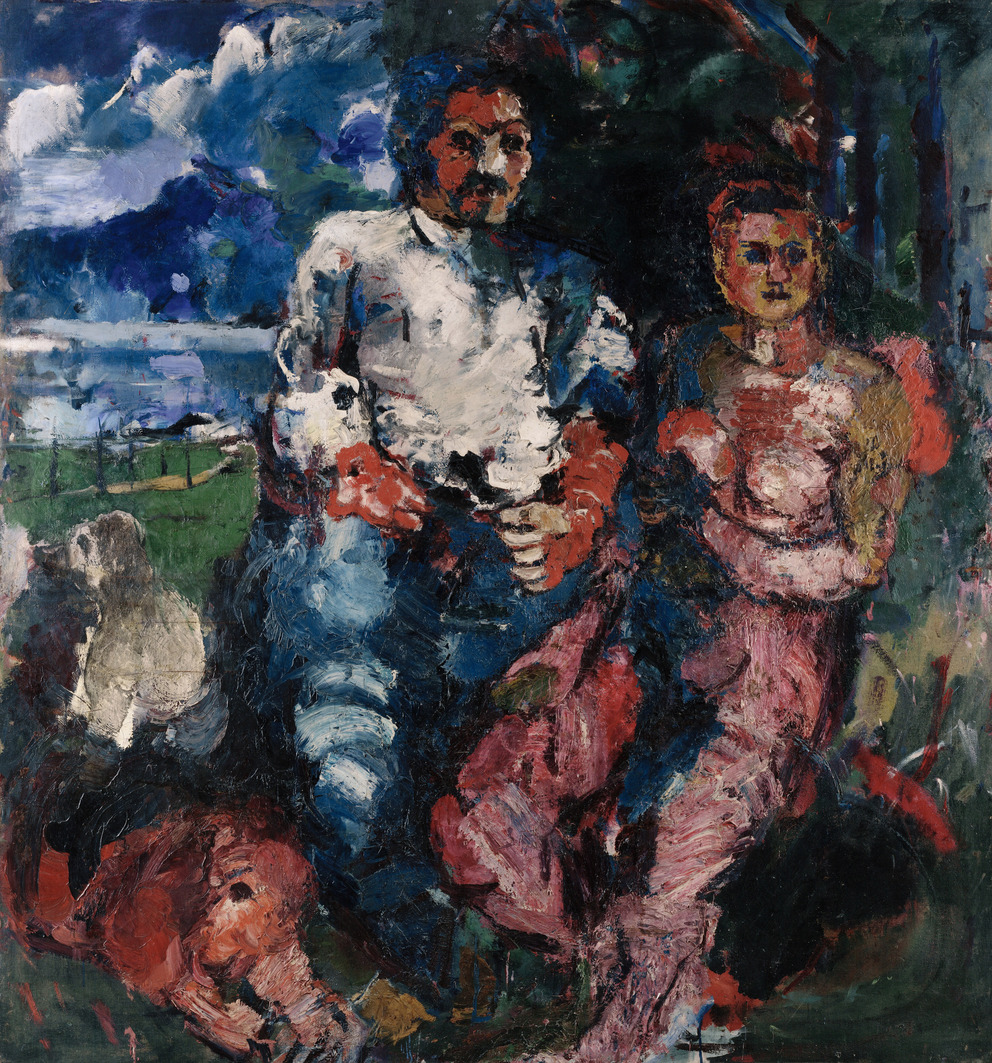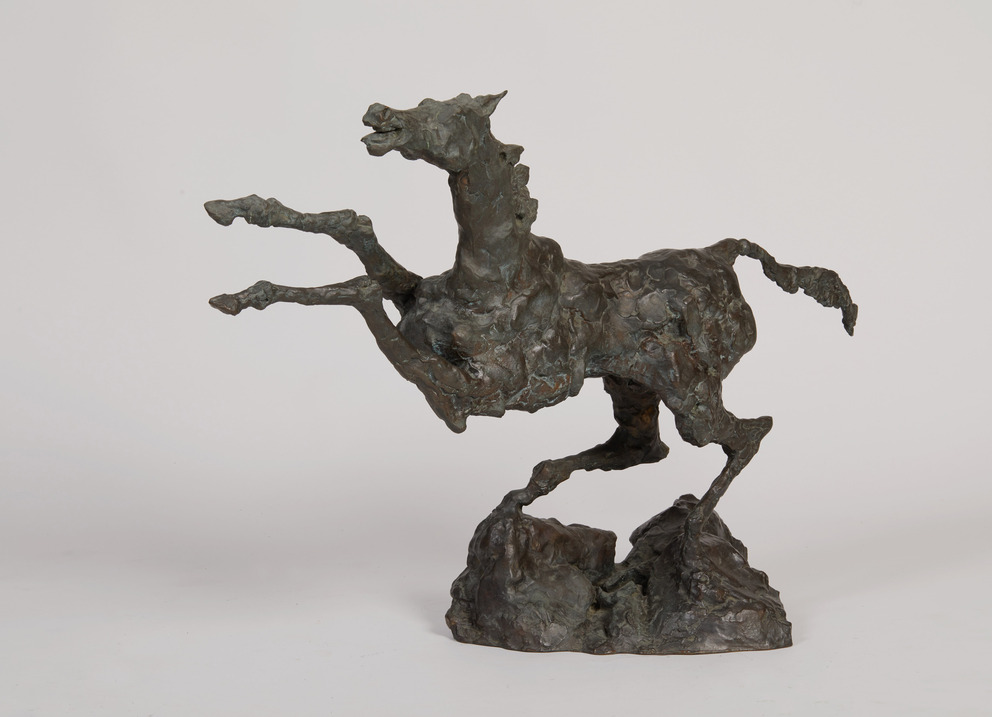Herbert Boeckl
A Constant and Defining Figure in Austrian Art
The Carinthian-born painter Herbert Arthur Paul Boeckl (1894–1966) is among the central figures of 20th-century Modernism in Austria. Following his unsuccessful application to study painting at the Vienna Academy in 1912, the artist – who reached his first state exam in his architectural studies at the Technical University – remained a self-taught painter. Boeckl’s first paintings still show the influence of Impressionism and Symbolism. However, his brushwork soon loosened, the expressive aspect became dominant and the colors emancipated themselves over the motif. After a short interlude characterized by a form-dissolving style of almost graphic quality, as in his work Reclining Female Nude (1919), the artist consolidated his manner of painting through a pastose and compact paint application, which represents an autonomous variant of expressive painting. The artist’s chief works, Group at the Edge of the Wood (1920) and Still Life with Dead Pigeon (1922), which are both kept at the Leopold Museum, are exemplary for this style.
Boeckl’s drawings and watercolors, by contrast, were dominated over the years by loose, liberal strokes and an analogous texture. After 1945, the artist increasingly explored Cubism and abstract tendencies. His paintings of this time show emphasized color planes, arranged in an almost collage-like manner, and geometrical shapes, though his style remained rooted in representationalism.
Boeckl exerted a decisive influence on the subsequent generation of artists in his role as professor at the Vienna Academy from 1935. From 1939, he headed the evening nude drawing class there which was mandatory for all students. In his capacity as the Academy’s principal after World War II, he was responsible for the professorships of his colleagues Fritz Wotruba (1907–1975) and Albert Paris Gütersloh (1887–1973). The Collection of the Leopold Museum includes twelve paintings, more than 30 works on paper and one sculptural work by the artist.
Boeckl’s drawings and watercolors, by contrast, were dominated over the years by loose, liberal strokes and an analogous texture. After 1945, the artist increasingly explored Cubism and abstract tendencies. His paintings of this time show emphasized color planes, arranged in an almost collage-like manner, and geometrical shapes, though his style remained rooted in representationalism.
Boeckl exerted a decisive influence on the subsequent generation of artists in his role as professor at the Vienna Academy from 1935. From 1939, he headed the evening nude drawing class there which was mandatory for all students. In his capacity as the Academy’s principal after World War II, he was responsible for the professorships of his colleagues Fritz Wotruba (1907–1975) and Albert Paris Gütersloh (1887–1973). The Collection of the Leopold Museum includes twelve paintings, more than 30 works on paper and one sculptural work by the artist.





